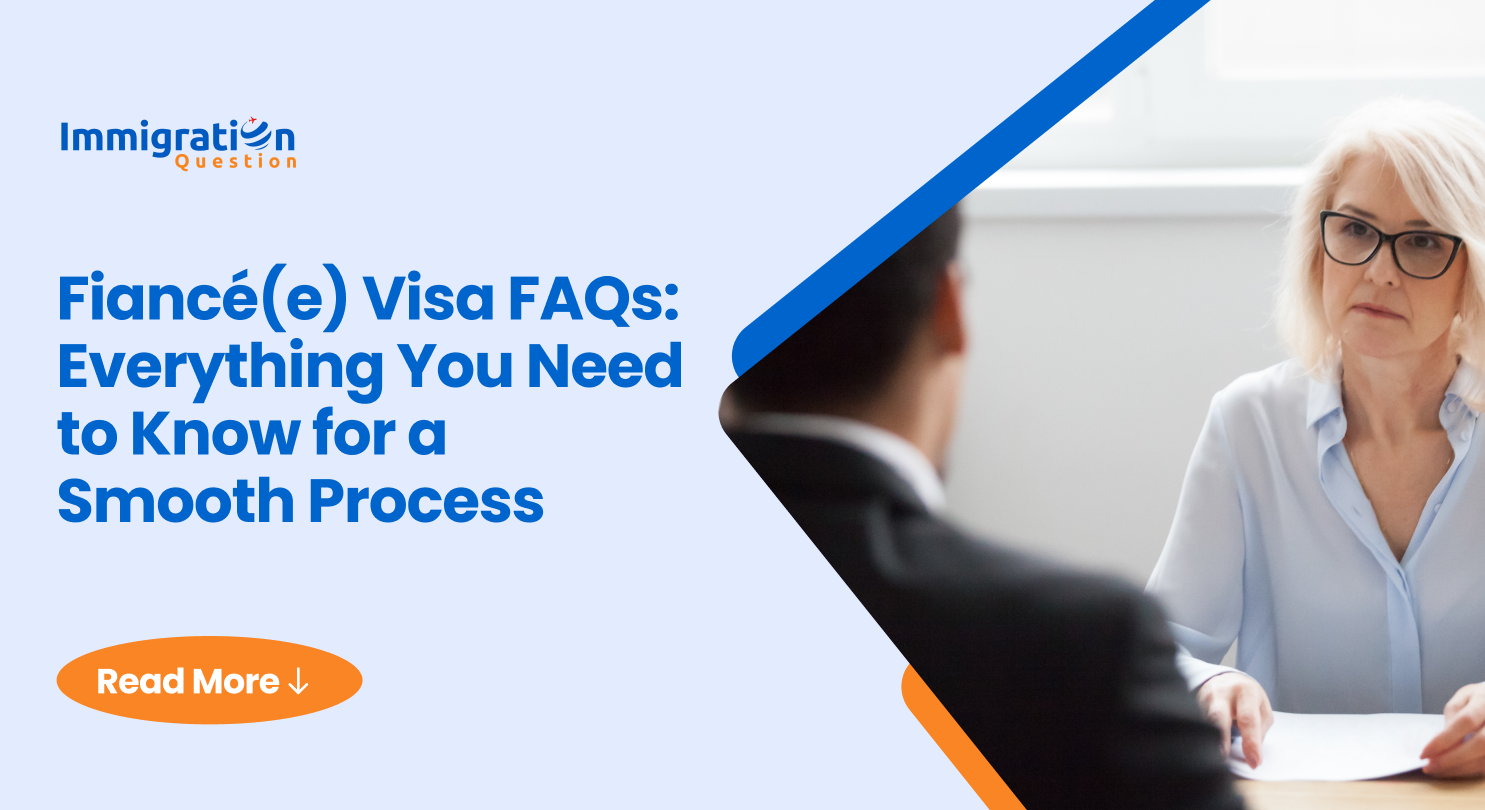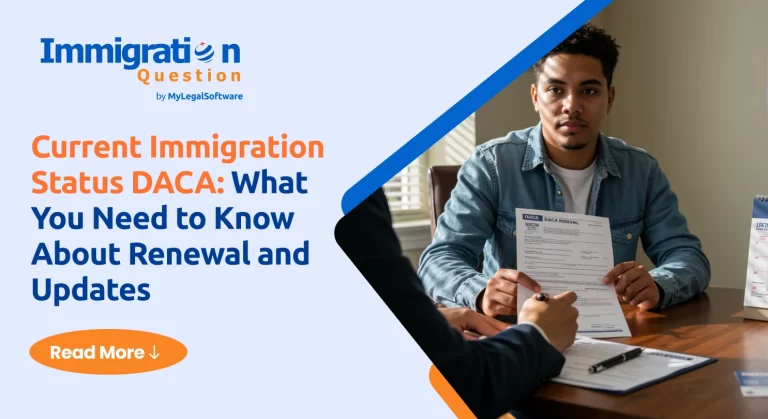If you want to marry your fiancé(e), who resides in the United States, you may already have many questions about the process. The K-1 visa, or the fiancé visa, helps couples reunite and build a life together. However, the process can be stressful. This blog answers common fiancé visa questions, explains the process, and provides tips to avoid delays.
What is the Fiancé(e) Visa?
The fiancé visa allows the foreign fiancé(e) of a U.S. citizen to enter the United States for marriage. It is a nonimmigrant visa, meaning it only grants temporary permission to stay in the U.S. After marriage, the foreign spouse can apply for adjustment of status to obtain a green card, transitioning to lawful permanent resident status.
Eligibility for a K-1 Visa
Applicants must meet certain requirements to qualify for a K-1 visa:
1. Filing Form I-129F
The U.S. citizen sponsor must begin by filing Form I-129F, Petition for Alien Fiancé(e), with USCIS. This stage also includes submitting required documents and paying the filing fee.
2. Proof of Relationship
The couple must prove the legitimacy of their relationship. Evidence may include photographs, travel records, communication logs, and proof of in-person meetings.
3. Financial Requirements
The sponsor must complete Form I-134, Affidavit of Support, to show they can financially support their fiancé(e). They must meet the minimum income thresholds set by USCIS.
4. 2-Year Rule
Under the 2-year rule, the couple must have met in person at least once within two years before filing Form I-129F. Exceptions may apply for certain cultural or hardship reasons.
Process of Obtaining a Fiancé(e) Visa Petition
The process for securing a K-1 visa petition includes the following steps:
1. Submit Form I-129F
After completing the form, USCIS reviews the petition, which can take 4-8 months.
2. Case Sent to the National Visa Center (NVC)
Once USCIS approves Form I-129F, the case is sent to the NVC, which forwards it to the appropriate U.S. embassy or consulate.
3. Complete Form DS-160
The foreign fiancé(e) completes the online visa application (DS-160) and schedules a visa interview.
4. Gather Required Documents
Documents to gather include:
- Passport
- Form DS-160 confirmation page
- Affidavit of Support
- Birth certificate
- Police certificates
- Divorce decrees or death certificates (if previously married)
- Evidence of the relationship
5. Medical Exam and Interview
The foreign fiancé(e) undergoes a medical examination and attends a visa interview, where the consular officer assesses their eligibility.
6. Visa Issuance and Travel
After getting the K-1 visa, the fiancé(e) has six months to travel to the U.S. The couple must marry within 90 days of arrival.
7. Adjustment of Status
After marriage, the foreign spouse can apply for a green card to become a lawful permanent resident.
Ways to Avoid Delays in the K-1 Visa Process
1. Provide Comprehensive Evidence
Ensure your application includes detailed proof of your relationship. Missing or insufficient evidence can lead to processing delays or denials.
2. Complete the Medical Exam Promptly
Schedule and complete the medical exam as soon as you receive instructions from the embassy or consulate.
3. Respond Quickly to USCIS Requests
Ensure you maintain effective communication with USCIS. If USCIS requests additional evidence (RFE), respond promptly to prevent further delays.
4. Hire an Immigration Attorney
An immigration lawyer can guide you through the process, ensure your forms are accurate, and improve your chances of approval. They also possess vast knowledge of immigration law and can provide answers to common fiancé visa questions. Visit ImmigrationQuestion.com to connect with a seasoned immigration attorney.
Getting answers to common fiancé visa questions ensures you are on the right path to reunite with your loved one. Start your journey today and bring your love story to life in the United States.
Frequently Asked Fiancé Visa Questions
1. How much does it cost to apply for a K-1 visa?
Several fees are associated with the K-1 visa process, including filing, visa application processing, and medical examination fees.
Additional expenses may include translation and photocopying charges, obtaining necessary documents (passport, police certificates, birth certificates), and travel costs for attending the visa interview.
2. How long does the visa process take?
The processing time for a K-1 visa varies depending on individual circumstances and the efficiency of the USCIS and embassy handling your case. Delays often occur due to incomplete applications, missing documents, or incorrect contact information. In some instances, further administrative processing may be required after the visa interview, which can extend the timeline.
3. What happens if we get married after filing a K-1 petition but before I immigrate?
If the petitioner and beneficiary marry after the I-129F petition is filed, the beneficiary becomes ineligible for a K-1 visa. The K-1 petition cannot be converted into a spousal visa petition (CR-1 or IR-1). Instead, the petitioner must file a new spousal petition with USCIS to continue the immigration process.
4. Can I travel to the U.S. for business or pleasure while my K-1 fiancé(e) visa is pending?
Travel is possible but not recommended. K-1 visa applicants may face additional scrutiny when attempting to enter the U.S. under a different visa status or the Visa Waiver Program, as they have already declared their intent to marry in the U.S. It is advisable to wait until the K-1 visa is approved before traveling.











